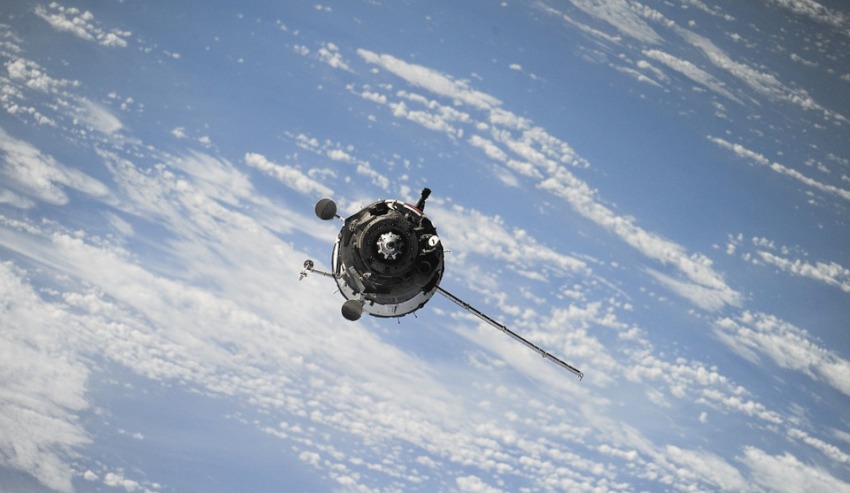
This project for a 1U cubesat is part of a larger program, named Binar, after the indigenous Noongar word for fireball, which aims to develop Western Australian space engineering capability.
This is in partnership with the European Space Agency (ESA), with the ultimate aim to fly a WA mission to the moon or nearby asteroids.
SSTC director and professor Phil Bland, from Curtin’s School of Earth and Planetary Sciences, said a team of 12 staff and student engineers developed the miniaturised satellite.
“The Curtin team has managed to put all the systems required to operate the satellite, including the power, computer, steering and communications, on a single eight-layer printed circuit board, which at 10cm by 10cm by 2.5cm is about the size of a rather small sandwich,” Professor Bland, a John Curtin Distinguished Professor, said.
“Having everything on a single circuit board means there is more room for what the satellite is carrying, which in this case will be a camera that will capture beautiful images of Australia taken from orbit.”
Professor Bland said the other advantage of developing such a compact single-circuit board system was that it presented a more cost-effective alternative than those currently being produced by other manufacturers.
Curtin University vice-chancellor professor Deborah Terry congratulated Professor Bland and his team on their achievement in building their own miniaturised satellite to be tested in orbit.
“The fact that a major international space exploration organisation such as the European Space Agency has agreed to partner with Curtin on this project is a tremendous endorsement of the high calibre of scientific expertise we have at our Space Science and Technology Centre,” she said.
The Curtin cubesat will be launched from a resupply mission to the International Space Station.
The ESA’s role is in partnering with Curtin to provide mission control capability for the project.
But first it will be extensively ground-tested, including in special vacuum chambers at Curtin University to simulate space conditions.
Then there will be a trial run in the form of a sub-orbital from the US in coming months.
Through the cubesat project, SSTC will be contributing to the new SmartSat Cooperative Research Centre, a consortium of industry and research organisations, including Curtin University, which aims to develop advanced technologies for Australia’s space industry.
Last year, NASA launched cubesats into deep space as part of the Mars Cube One project to test new communications and navigation capabilities for future missions. This was part of the NASA Mars InSight Mission, involving Curtin planetary scientist Dr Katarina Miljkovic.
Members of the Binar engineering team have previously developed deep-space qualified hardware for landers on Mars and Titan and managed software engineering for ESA missions.
Curtin University’s Space Science and Technology Centre was launched late last year.
“Our overarching goal is to develop an Australian capability in solar system exploration, with spacecraft built around a cubesat platform for deep space missions,” SSTC stated on its website.
“Our vision here is to integrate our program with NASA’s strategy around returning to the moon. The Space Launch System, Orion spacecraft and Deep Space Gateway will open up possibilities for ridesharing to cislunar space.
“Our program will involve developing, building and testing systems and sub-systems on a series of spacecraft, with regular launches to low-Earth orbit over the next five years, culminating in missions to the moon or near-Earth asteroids.”
Receive the latest developments and updates on Australia’s space industry direct to your inbox. Subscribe today to Space Connect here.












